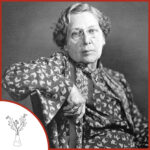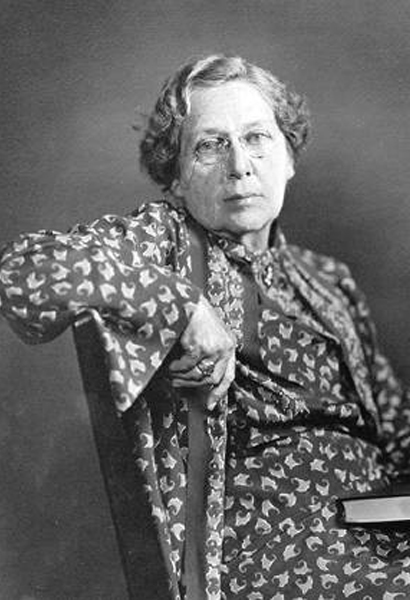

Birth: 1863
Death: 1954
Specialty: Medicine, Bacteriology
Major Contributions:
Isolated a strain of diphtheria bacillus that was used to develop an antitoxin for diphtheria
First woman elected chair of laboratory section of American Public Health Association
Served as president of Woman’s Medical Society of New York
Image: Changing the Face of Medicine
In her first year of working at the New York City’s Department of Health diagnostic laboratory, Dr. Anna Wessels Williams would change the world.
Earning her MD from Woman’s Medical College of New York she volunteered at the newly opened diagnostic laboratory in 1894. At the time diphtheria had reached near epidemic rates in the city, and while a treatment existed, it was so hard to produce that many people were denied access. Williams was successful in isolating a new strain of the diphtheria bacillus which was a crucial step in the development of an antitoxin.
Her strain made a toxin that was 500 times more potent than the current methods meaning the availability of the antitoxin increased as the costs were drastically reduced. Within the next year physicians in New York and England were given the diphtheria antitoxin for free in an effort to eradicate the disease. The strain she discovered was officially named the Park-Williams Strain Number 8, including Dr. Park, the director of the lab.
With a desire to do similar work with Scarlet Fever she traveled to the Pasteur Institute in Paris but didn’t find the environment conducive to that work. She did, however, gain an interest in rabies and brought a culture back with her to New York. She carefully cultivated the sample in hopes of improving the methods of rabies diagnosis.
Williams developed a fast method for preparing and staining brain tissue to show the presence of indicator bodies – a method that would surpass the original test and become the model technique for the next thirty years.
Named assistant director of the Department of Health laboratory in 1905, she and Dr. Park continued to work collaboratively, publishing Pathogenic Micro-organisms Including Bacteria and Protozoa. The pair followed this classic text in 1929 with Who’s Who Among the Microbes, thought to be one of the earliest books on the topic written for the public.
Retiring five years later at the age of 71, her work inspired and informed the work of a generation of researchers. In 2024 Dr. Wessels Williams was inducted into the National Women’s Hall of Fame as a pioneer in the field of immunology and for her commitment to public health.
Written by Angela Goad
Sources:
Changing the Face of Medicine: Dr. Anna Wessels Williams
Distinguished Women of Past and Present: Anna Wessels Williams
AAI Looks Back: Anna Wessels Williams, M.D.: Infectious Disease Pioneer and Public Health Advocate
Wikipedia: Anna Wessels Williams
National Women’s Hall of Fame: Anna Wessels Williams
See Also:
Headstrong: 52 Women Who Changed Science-And the World by Rachel Swaby
